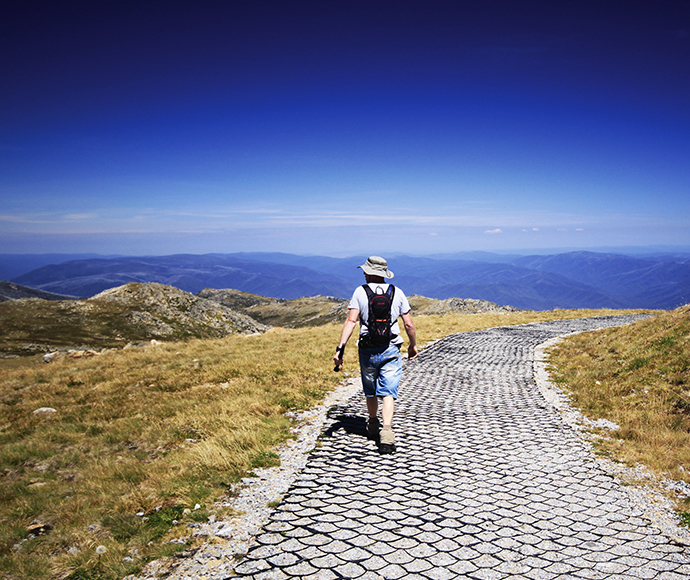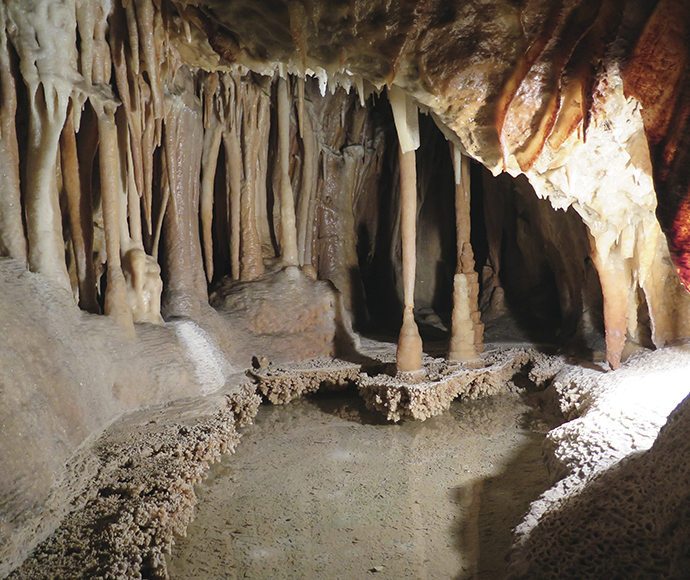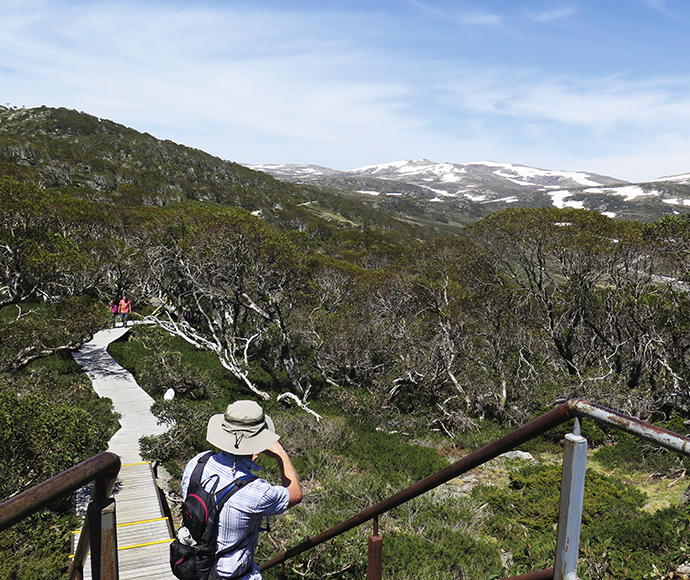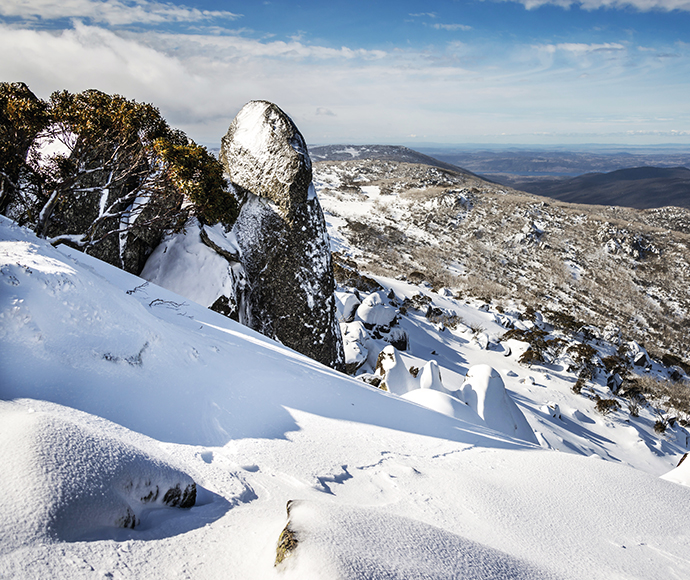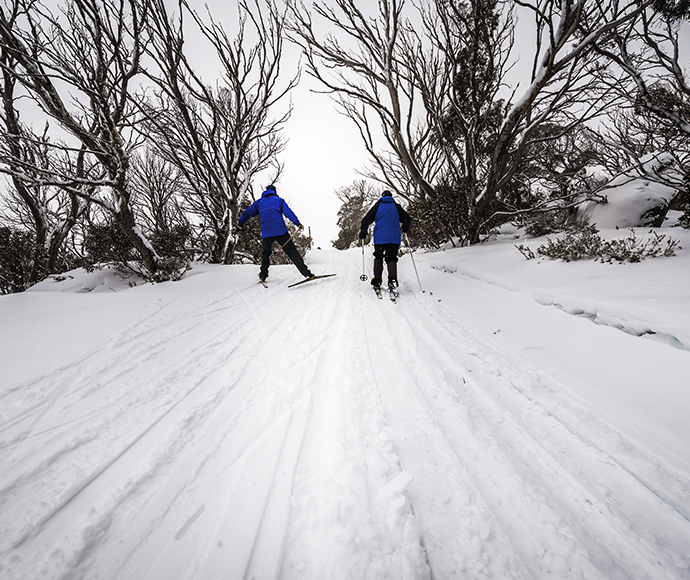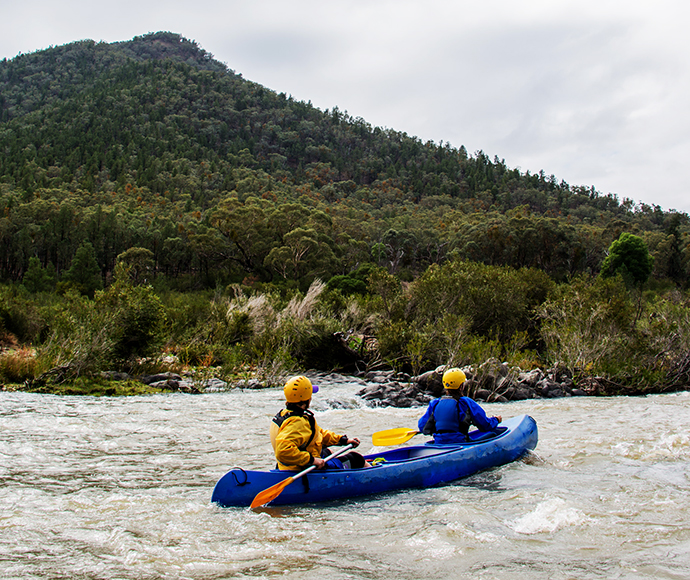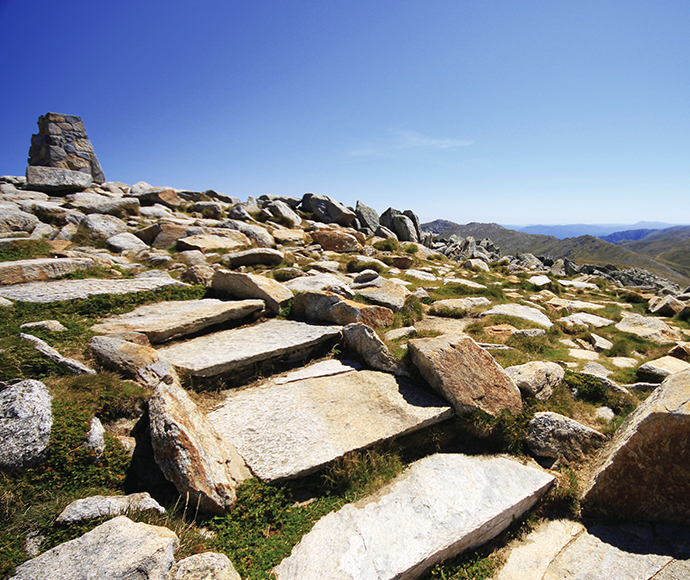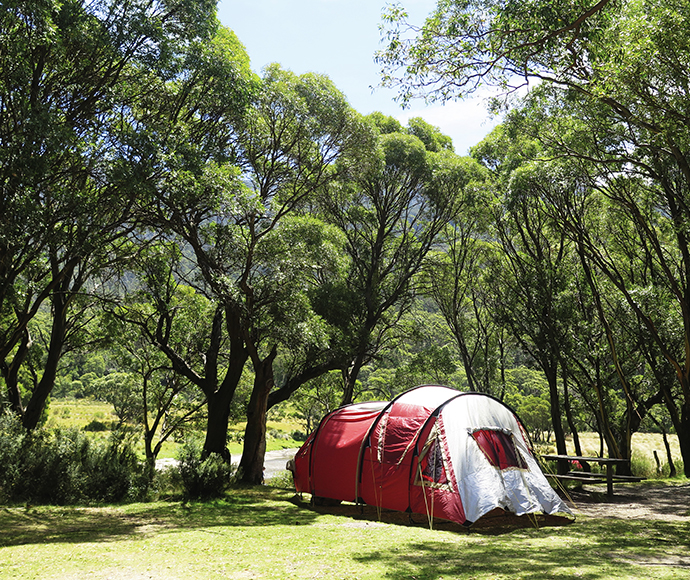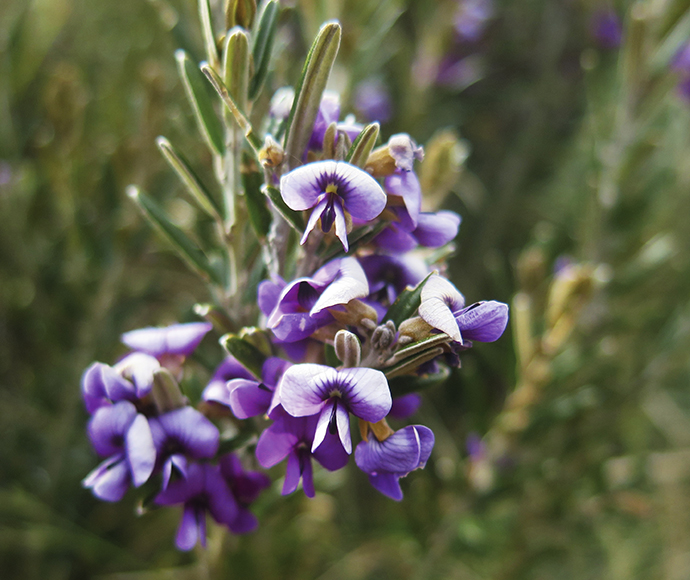At 690,000 hectares, Kosciuszko is New South Wales's largest national park and receives over 2.1 million visitors a year and growing. Additional visitor opportunities are proposed to accommodate this growth.
The planning projects outlined below are underway, and some are likely to generate draft plan of management amendments for public and stakeholder review.
We are planning a number of consultations, and the information below will help with understanding all that is going on.
Snowies Iconic Walk
The Snowies Iconic Walk aims to showcase the unique alpine ecosystems and breathtaking views of the Kosciuszko summit precinct. The concept reflects the vision for Kosciuszko National Park to be recognised as the premier destination for walking in Australia, with world-class facilities that protect the alpine environment.
The visitor experience improvement amendment to the plan of management in 2019 enabled the walk's elements. The amendment also enabled the Summit Precinct Walking Tracks Strategy.
The Snowy Mountains Special Activation Precinct provides the opportunity to expand and refine the Snowies Iconic Walk experience and provide a wider range of accommodation and other recreational opportunities for walkers and other visitors drawn to the concept.
Creel Bay (Waste Point) Preliminary Master Plan
Creel Bay is a hamlet within Kosciuszko National Park on the shores of Lake Jindabyne, at the end of the Thredbo Valley Track. It contains historic staff cottages, a ski lodge and a works depot.
We are seeking to adaptively reuse the best of the stone cottages and create a year-round accommodation precinct for park users. A preliminary master plan has previously been publicly exhibited.
The Snowy Mountains Special Activation Precinct may provide supporting infrastructure such as jetty for a lake ferry or the opportunity for some more of the Creel Bay master plan to be actioned.
Northern Kosciuszko precinct plans
Draft precinct plans have been developed for Yarrangobilly Caves and Currango Homestead. These draft plans were exhibited for feedback from 28 June to 23 August 2021 and are currently being finalised.
Alpine resort management
Kosciuszko National Park is home to the NSW alpine resorts Perisher, Thredbo, Charlotte Pass Snow Resort and Selwyn Snowfields, which are popular winter destinations. Private organisations operate the resorts under a system of leases granted by the Minister for Energy and Environment under the NSW National Parks and Wildlife Act 1974 and the plan of management guides their administration.
All developments within the resort areas must undergo environmental assessment as part of the development application determined by the department in consultation with National Parks and Wildlife Service. This framework for planning and approval in the alpine resorts is currently being reviewed by the Snowy Mountains Special Activation Precinct.
Cycling and walking track strategies
The Kosciuszko National Park Cycling Strategy was adopted in 2017 and the Summit Precinct Walking Tracks Strategy in 2019. Such detailed strategies are required by the plan of management, which provides the high-order policy framework guiding recreation in the park. If extra tracks are proposed as an outcome of future planning, such strategies may need to be produced or updated to fulfil the plan's requirements.
Threatened species
The Saving our Species program funds the National Parks and Wildlife Service to deliver strategies to manage threatened species in Kosciuszko National Park. In the 2019–20 program, 21 species strategies are being delivered in the park. These include conservation programs for the:
- mountain pygmy possum
- broad-toothed rat
- corroboree frog
- spotted-tailed quoll
- Guthega skink
- alpine she-oak skink
- pale golden moth
- feldmark grass
- leafy anchor plant
- Perisher wallaby-grass
- montane peatlands and swamps.
Key threatening processes being addressed include deer and hawkweed.
Fire recovery
The National Parks and Wildlife Service is participating in the government fire recovery program for the 2019–20 bushfires. We produced a summary of the environmental effects of the 2019–20 bushfires and what we are doing about it.
In Kosciuszko National Park, some 240,000 hectares or nearly a third of the park was burned, with one-fifth being burned very intensely. Many huts, including Delaneys Hut, Sawyers Hill Rest House, Happys Hut, Wolgal Lodge, Kiandra Court House, Pattersons Hut, Matthews Cottage, Round Mountain Hut, Bradley and O'Briens Hut and Four Mile Hut, were lost. Plans are in development for the repair of some of these huts and also campgrounds and other infrastructure.
We are making major efforts to support recovering wildlife, including feeding mountain pygmy possums, and more feral animal and weed control actions across the park.
Wild horse management
A wild horse heritage management plan has been developed to meet the requirements of the Kosciuszko Wild Horse Heritage Act 2018. The plan:
- identifies the heritage value of wild horse populations in parts of the park
- protects the heritage values of wild horses by retaining a wild horse population of 3,000 horses in 32% of the park. Wild horses have been retained in areas that are strongly associated with wild horse heritage values
- maintains the environmental values of the park by reducing the wild horse population from an estimated 14,380 horses to 3,000 horses by 30 June 2027. Under the plan, there will be no wild horses across 68% of the park.
